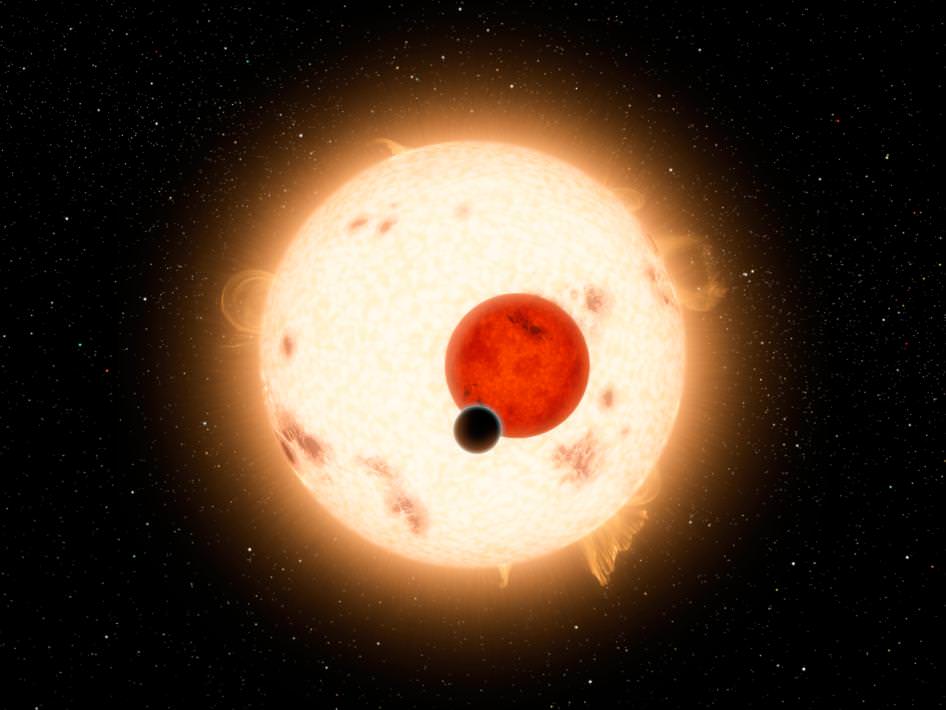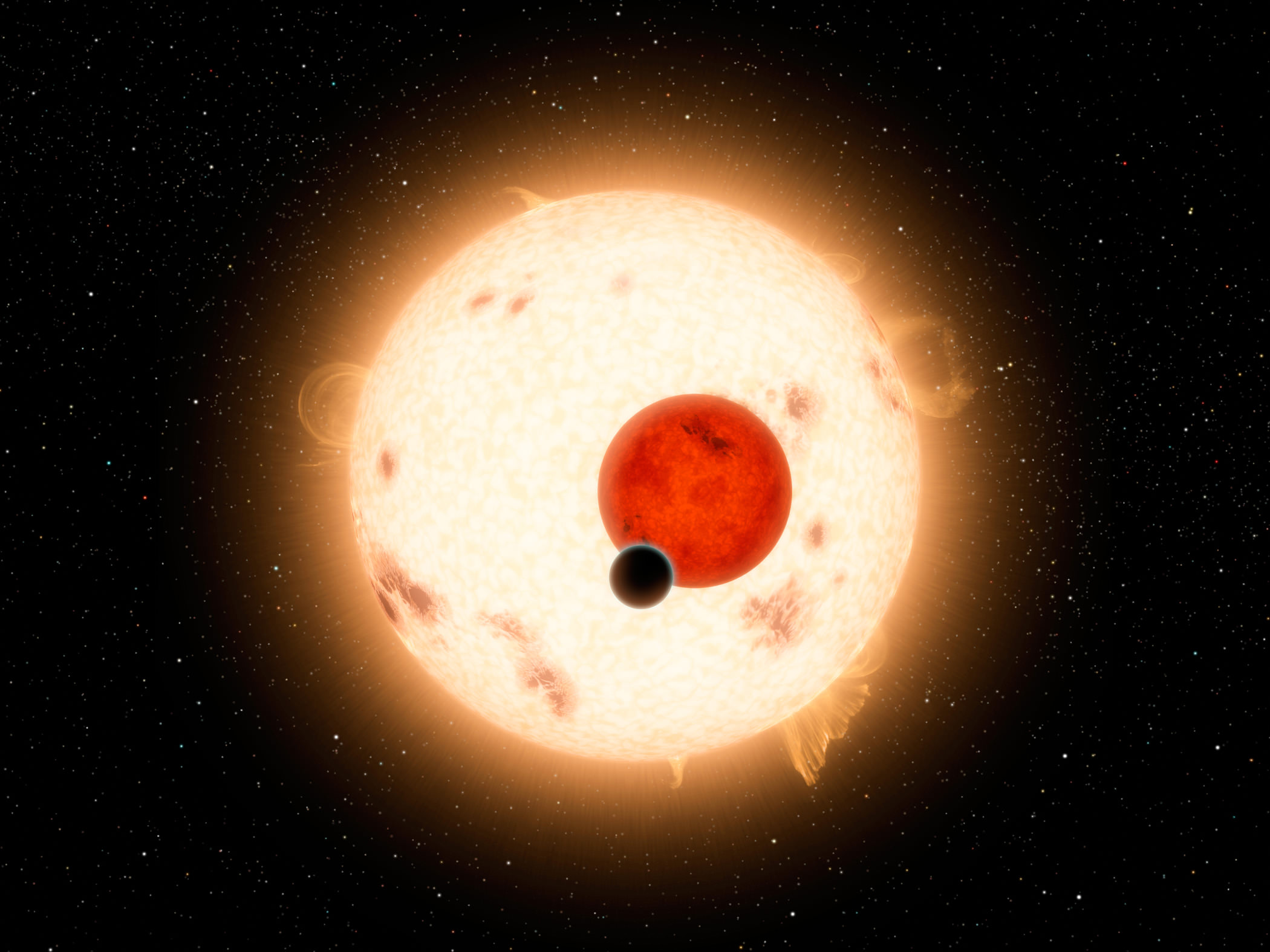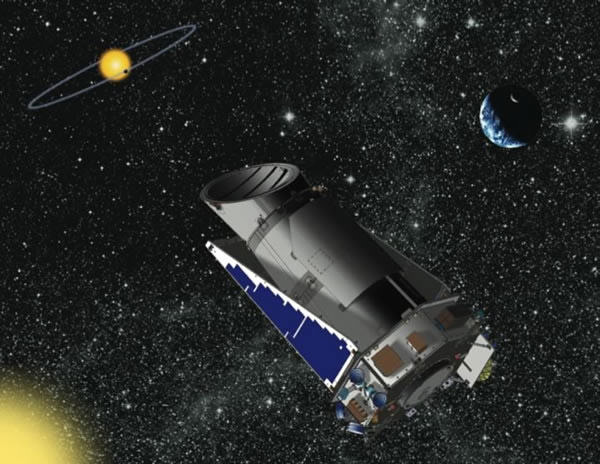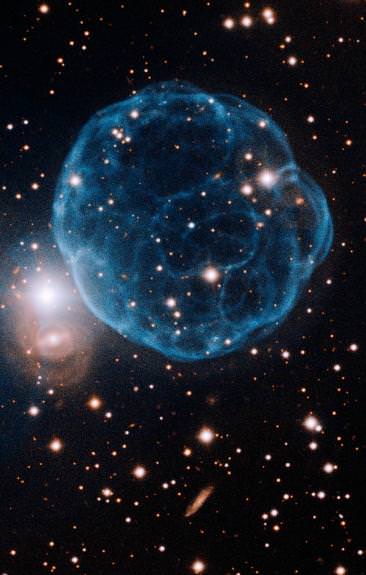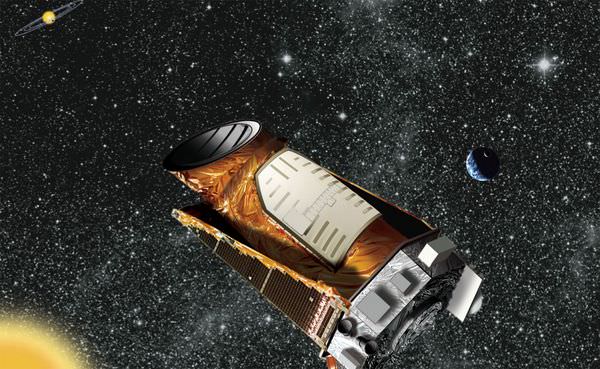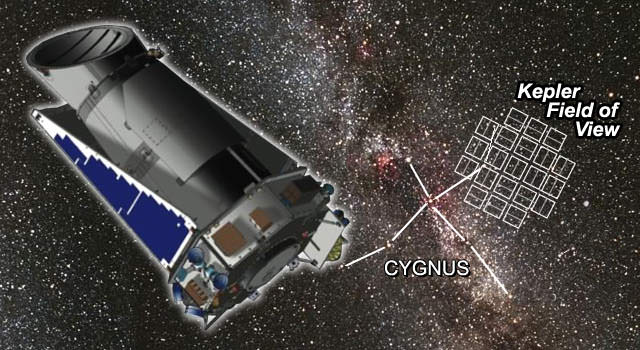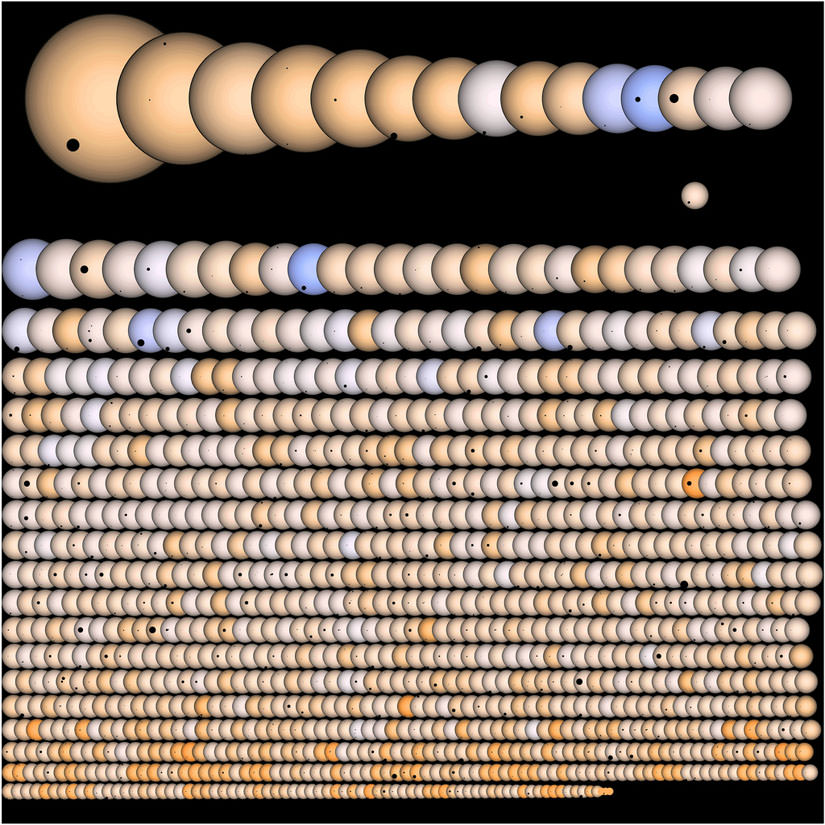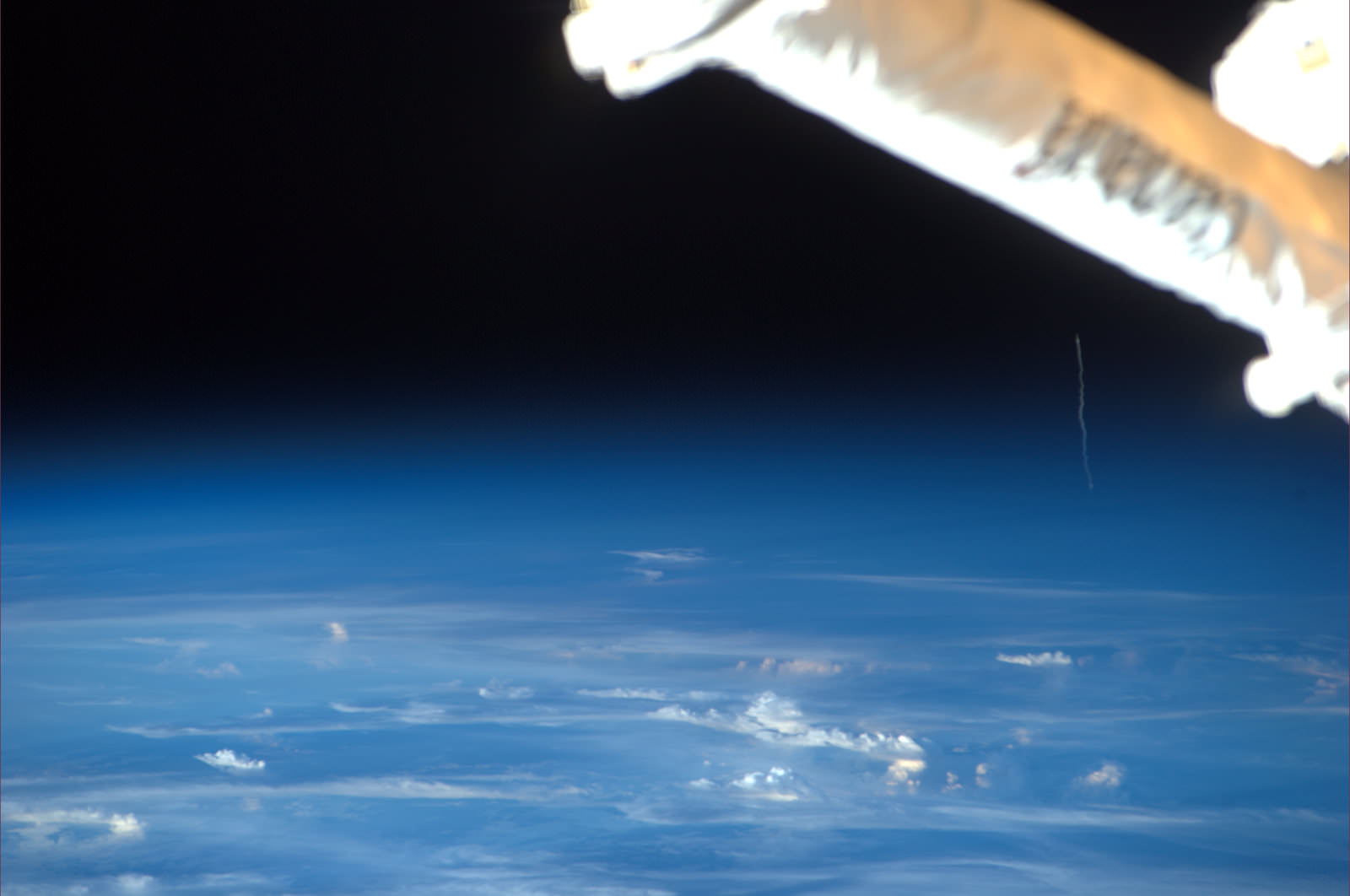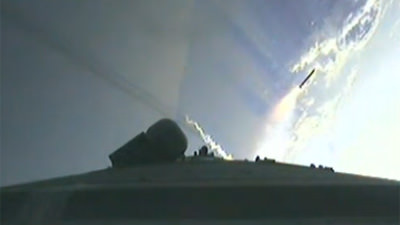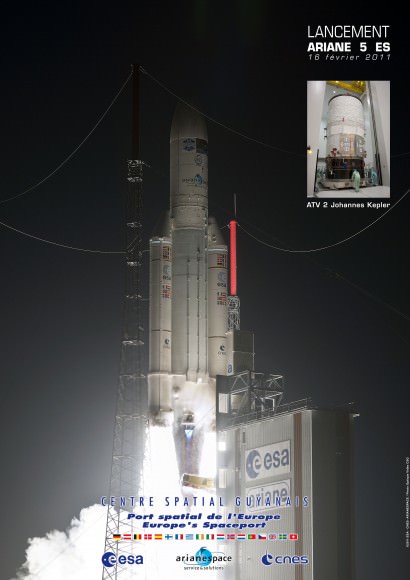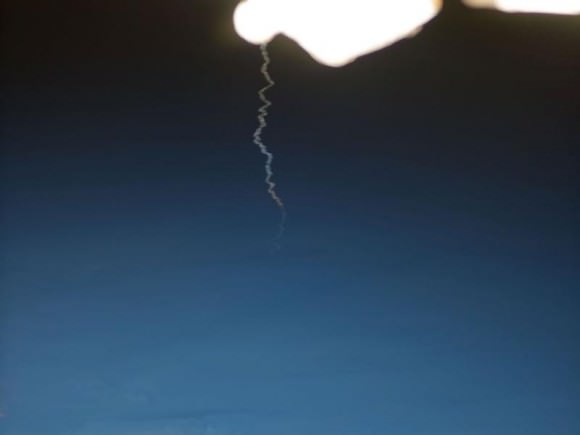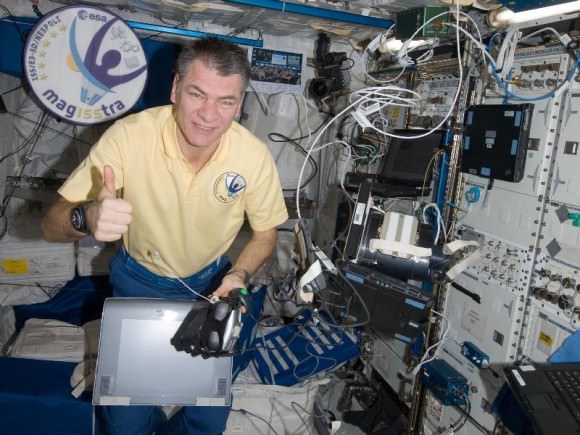[/caption]
Some potentially good news for exoplanet fans, and Kepler fans in particular – Kepler scientists are asking for a mission extension and seem reasonably confident they will get it. Otherwise, funding is due to run out in November of 2012. It is crucial that Kepler receive renewed funding in order to continue its already incredibly successful search for planets orbiting other stars. Its primary goal — and the holy grail of exoplanet research — is finding worlds that are about the size of Earth, orbiting in the “habitable zone” of stars that are similar to our Sun, where temperatures could allow liquid water on their surfaces.
But finding those ideal smaller planets requires several years of observations, in order for Kepler to confirm a repeated orbit as a planet transits its star. The larger the orbit, the longer the observation time needed to view multilple transits. Most of the planetary candidates found already orbit much closer to their stars, hence taking less time to complete an orbit, and can more easily be detected within the first few years of the mission.
Kepler has already obtained very compelling data on a wide variety of planets since it was launched in 2009, with 1,235 candidates found so far (about 25 of which have been confirmed to date), but further refining of the data will take more time; a few more years would do just fine. The exciting trend has been that smaller, rocky planets appear to be much more common than gas giants; good news for those hoping to finds worlds similar to Earth that could be habitable (or, of course, inhabited!).
It is estimated it would cost about $20 million per year to keep Kepler functioning past 2012, which doesn’t sound too bad considering that about $600 million has already been invested in the mission. NASA’s budget, like everyone else’s, is tight though these days, so it isn’t a done deal yet.
The proposal will be submitted in January, with an answer expected by next April or May.

